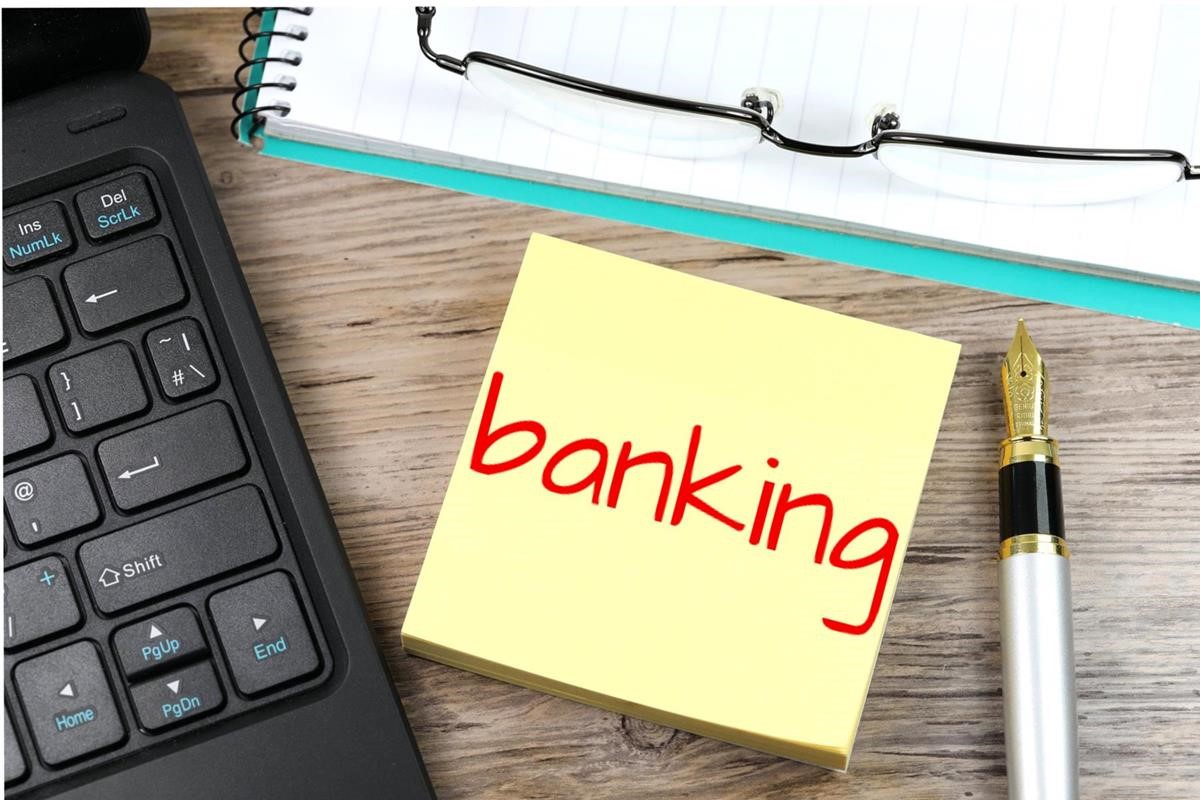The financial crash caused by Covid19 has had a significant impact on the banking industry. Most businesses had to close down or reduce their operating hours to reduce the spread of the virus. Traditional banks also had to adjust their operations to respond to both their customer’s safety and the set guidelines by bank regulators. During the pandemic, all the set banking protocols strive to strategically reposition the banking sector in a post-COVID economy.
The harsh economic impact on small businesses, low-income borrowers, and consumers forced the banks to develop more flexible policies to accommodate the struggling borrowers and manage customer expectations and revenues. Many financial institutions have also been forced to stomach losses as a result of bad debts.
The banking sector has adapted notably well to the current adversity, and technology has been instrumental in stabilising the tide of recession. Banking transactions have moved online, eliminating the need for card or fiat money transactions.
E-banking gained tremendous momentum in 2020, unlike any other period in the decade, and the trend will sustain itself in the next decade. As CEOs summarise the developments of the FinTech sector of last year it’s clear they continue to be enthusiastic about the promising future of the FinTech industry and banking. Let us review the radical changes the pandemic has had on traditional banks what we can expect in the near future.
Temporal closure of some branches
In an attempt to flatten the curve, banks had to cancel some in-person branch services. Customers have to make an appointment for some banks before visiting due to social distancing guidelines and local banks early felt the impact of coin shortage circulation due to the pandemic. Several branches had to close down totally. Most clients have also shifted to online and mobile banking, reducing the activity level in traditional banks. There is also uncertainty on whether things will go back to the old norm after the pandemic since most people have already adapted to the cashless mode of transacting.
Downsizing
The pandemic made most customers switch to digital banking, and as a result, banks had to lay off some workers since it does not require any physical contact. They also had to cut off some of their workers to minimize operating costs.
Costs have gone up
Amidst the covid19 pandemic, banks had to ensure that business was running on certain parameters. Managing and running offices alongside mitigating the disaster brought about by the pandemic have duplicated some of the banking service costs. Some of their employees had to work from home, and as a result, they had to buy the required computer hardware. Traditional banks are used to handling their customers in their offices, and therefore, this being new for them, they had to incur the extra cost of adapting to the new changes.
Back Office Operations
Covid19 has motivated traditional banks to rebalance their work in operational sites since some areas are more affected than others. They also had to move some of their employees to essential operations from non-critical operations.
Increased Loan lending
The coronavirus pandemic disrupted people’s major sources of income, and as such, they had to look for an alternative to survive. As a result, banks experienced a spike in both short-term and long-term loans. Central banks have also been making emergency rate cuts and discouraged high-interest rates, which in turn has encouraged many to take loans.
With many people taking loans and not being able to pay them off due to the disruption of their primary source of income, banks have made huge losses as they continue to sign more and more bad loans.
As 2020 came to an end we saw several financial articles on the impact of covid19 on banks and how this is likely to be felt much longer than we all expected. Most financial institutions are struggling to rebuild their loan books in the middle of a struggling economy. There is, however, some little hope after the rollout of the Covid19 vaccine, which has already begun. It is expected that the majority of households will hang onto what’s left of the savings they’ve been holding due to uncertainty.
However, traditional banks will have to replot their Covid19 strategy since they are likely to permanently adopt some of the new norms. Coronavirus has been an eye-opener, and traditional banks will have to develop policies that will ensure there is operation resiliency in times of unprecedented disruptions.
The traditional banking business model is likely to change as a response to being challenged by successful startups within financial technology. Traditional banks will have to reevaluate where there is value and profit as economies struggle to spring back. They will also have to adapt to a new customer norm since the pandemic has brought about a behavioural change that might not align with the current branch concept. They will also have to reconsider their product relevance since most customers have now shifted their attention to individualised likings and not the usual demographic sectionalisation.



 Bitcoin
Bitcoin  Ethereum
Ethereum  Tether
Tether  XRP
XRP  Solana
Solana  USDC
USDC  Cardano
Cardano  TRON
TRON  Lido Staked Ether
Lido Staked Ether  Avalanche
Avalanche  Toncoin
Toncoin